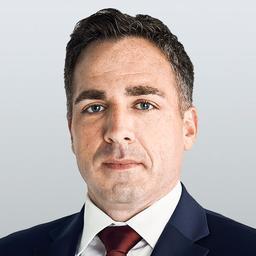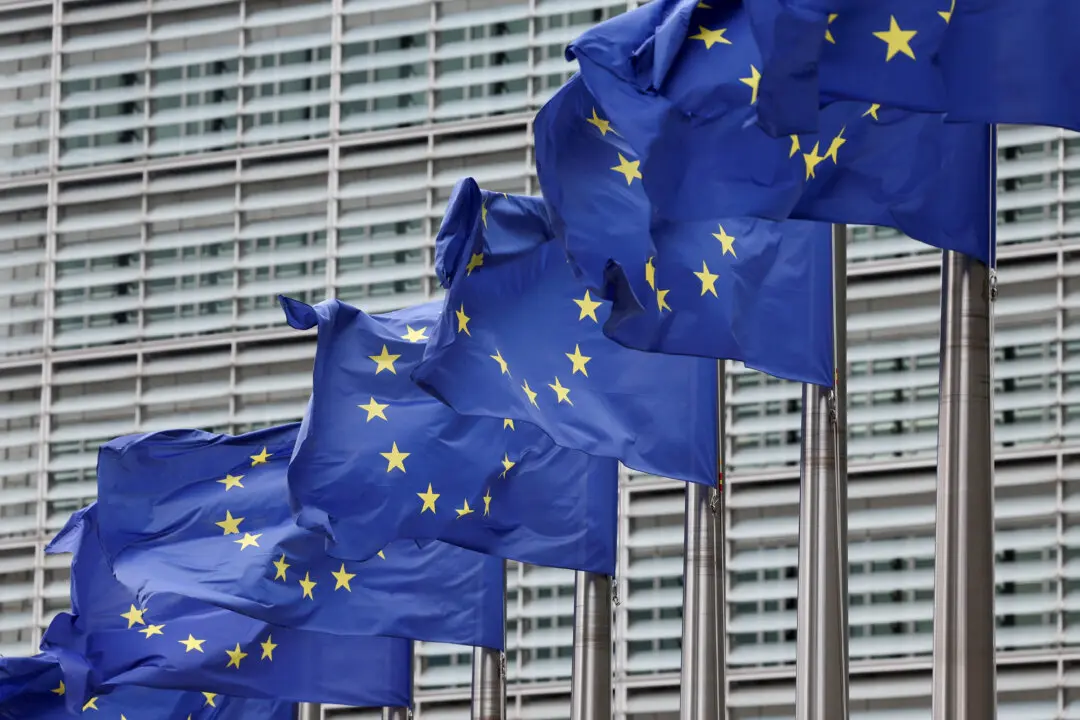This week, a U.S. federal appeals court ruled that pro-life activists had convincingly argued that authorities in Washington violated their first amendment rights by selectively enforcing a law to punish pro-life writing in public while ignoring far more examples of similar behavior by Black Lives Matter (BLM) activists. Now, civil rights attorney Erin Hawley is preparing to take the D.C. government back to court in a revived federal lawsuit.
“This case is really incredible,” Ms. Hawley said in a recent interview with NTD’s “Capitol Report.”






